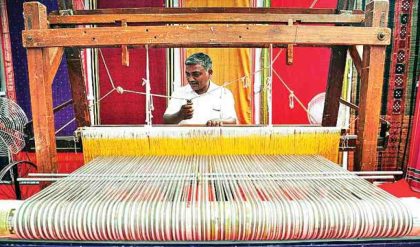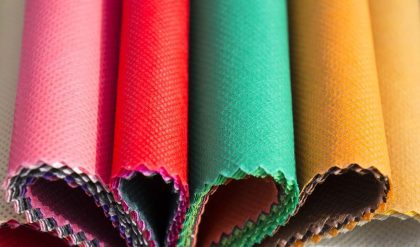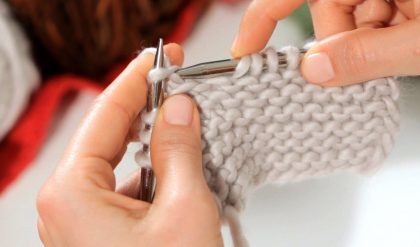Silk is considered as “Queen of all textile fibres” as it has beauty and elegance and good properties of performance. Silk is the natural protein fiber obtained from silk worm cocoons. Japan is known for producing best variety of silk. India produces different varieties of silk and is famous for hand woven silk textiles.
There is a tremendous silk production increase in recent years. The production of silk is called Sericulture. To obtain quality and quantity of silk rearing conditions are controlled carefully throughout the life cycle of silk moth. These are two types of silk mulberry or cultivated silk and wild silk. Cultivated silk is creamy silk white or yellowish white in color. White wild silk color range from brownish to golden yellow in color.
History of silk
Sericulture or silk production has a long and colorful history unknown to most people. For centuries the west knew very little about silk and people who made it pliny, the roman historian wrote in his natural history in 70 BC “silk was obtained by removing the down from leaves with the help of water”. For more than 2000 years these Chinese kept the secret of silk altogether to themselves. According to legend the beginning of history of use of silk as textile fibre goes back to 260 BC.
When fourteen year old wife of Chinese emperor Huang-Ti discovered the secret of drawing the filament from cocoon of the silk worm and producing a fabric from the filament. This young princess Si-ling-chi is known as ‘godess of silk worms’ and is the centre of religious ceremonies connected with the care of silk worms and the production of silk has long been an important factor in economy of empire. Silk has never lost its luxury field appeal and today is shown by all houses in their top fashion products some designers are working only on silk. It is everywhere in fashion picture. In intimate wear and outer wear, hand bags and shoes.
Production of Silk
Silk worms feed on mulberry tree leaves and therefore for rearing them, the growing of mulberry trees is the first essential step. These are grown by the agriculturists. Silk worms have a short life of only about two months and during which these pass through the following four stages1. Egg 2.worm or larvae 3. Pupa and 4. moths.

Silk worms are made to lay eggs on specially prepared paper for this purpose. The eggs can be stored in cold storage for six weeks. Eggs are collected and kept at low temperature until they are hatched. Eggs take ten days to hatch Emerged caterpillars of ant head size are fed on fresh mulberry leaves. At this stage the worm needs special care bamboo trays with straw mats are provided for them. When the caterpillar is about eight weeks old it secretes a viscous fluid from two glands on its head which oozes out from the common opening near its mouth. The fluid is called ‘fibrion’.At the same time it also secretes a gummy kind of fluid called ‘sericin’ which passes through the same opening. The fibroin gets hardened when exposed to air. The silk worm spins around itself to form a cocoon. The cocoon contains 2000 to 4000 yards of reelable silk. For separating the silk thread from the cocoons they are immersed in hot water. This immersion also kills the warm inside. Then the cocoons are dries and stored.



